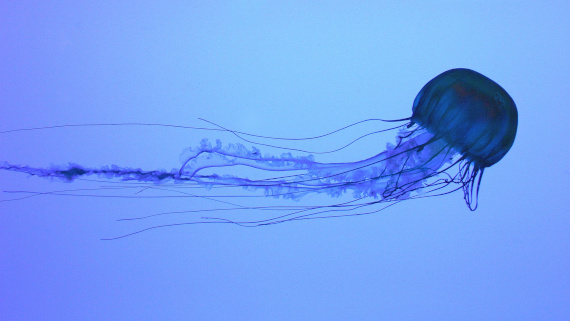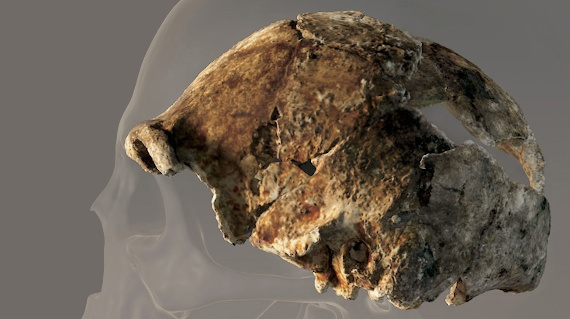 – Tibetan Monks creating sand mandala –
– Tibetan Monks creating sand mandala –
[1] Hypothalamus (description/top): Hunger and self-preservation, sexual dimorphism, fear processing, aggressive behavior: https://en.wikipedia.org/wiki/Hypothalamus
[2] Gerhard Roth, From the Brain’s Point of View, 2003, The Limbic System, the Place of Consciousness, page 145-146
[3] Thich Nhat Hanh, The Heart of the Buddha’s Teaching, Page 32:
“The first nutriment is edible food. What we eat or drink with our hunger and thirst can bring about mental or physical suffering. We must be able to distinguish between what is healthful for our world and what is harmful.
The second kind of nutriment is sense impressions. Our six sense organs: eyes, ears, nose, tongue, body, and mind – are in constant contact with sense objects, and these contacts become food for our consciousness. When we pick up a magazine, the articles and advertisements are food for our consciousness. Advertisements that stimulate our craving for possessions, sex, and food can be toxic.
The third kind of nutriments is volition, intention, or will – the desire in us to obtain whatever it is that we want. Volition is the ground of all our actions. If we think that the way for us to be happy is to become president of a large corporation, everything we do or say will be directed toward realizing that goal.
The fourth type of food is consciousness. Our consciousness is made up of all the seeds that have been sown by our own past thoughts and actions or the past thoughts and actions of our family and society. We can add positive power: love, empathy, joy, compassion and equanimity. But we can also feed our consciousness with negative nutrients – greed, hate, ignorance, distrust, envy, jealousy, pride, malice or hypocrisy,”
[4] ”Individual behaviour is influenced by the presence of others. For example, studies have found that individuals work harder and faster when others are present (see social facilitation), and that an individual’s performance is reduced when others in the situation create distraction or conflict. Groups also influence individual’s decision-making processes. These include decisions related to ingroup bias, persuasion (see Asch conformity experiments), obedience (see Milgram Experiment), and groupthink. There are both positive and negative implications of group influence on individual behaviour.
This type of influence is often useful in the context of work settings, team sports, and political activism. However, the influence of groups on the individual can also generate extremely negative behaviours, evident in Nazi Germany, the My Lai m., and in the Abu Ghraib prison (also see Abu Ghraib torture and prisoner abuse. Literature: Philip Zimbardo, The Lucifer Effect, 2007. Hannah Arendt, The Origin of Totalitarianism, 1951).”
Source: https://en.wikipedia.org/wiki/Group_dynamics
Biological swarming is one of the oldest behaviour in animals since 480 million years. This conditioning is a part of Homo sapiens consciousness world today. We can stimulate old structures in the brain. Big group dynamics can activate very strong emotions and feelings of membership. This “can” stimulate the brain of human (or ants, because only this both species on earth love morphine and create war) like a drug. Alcohol and morphine have the same effect in the dose like collectivism.
For the test: In a group of 20 person, you feel different, as in a group of 200 person. On a party you drink champagne, perhaps in a group of 20 person and you’ll feel different, (maybe easier, chilled, relaxed or finally normal).
If you drink or use drugs in the collectivism behaviour of 200 or 400 people, maybe in a arena you will feel different too. But so much more a person use drugs in the swarm of the last 480 million years evolution, so much more your feelings and emotions can or will change differently as regular. Because without drugs in collectivism, swarm, mainstream, herd or group behaviour, it has one of the strongest effect for feelings in the family of our species. So make the test without drugs and your self reflection will be regular in the result. That’s it.
[5] Please don’t create aggression, hate, violence, weapons or war between your global family. Samuel Johnson (a keen observer from 18th-century England) wrote: “When man began to strive for private property, violence, fraud, theft, and robbery appeared. Soon after, pride and envy broke out in the world, bringing with them a new standard of wealth. People who had previously considered themselves rich when they lacked nothing now judged their desires not by their natural needs but by the abundance of others, and began to consider themselves poor when they realized that their neighbors had more possessions than they themselves.” (Diamond 1976, Arno Gruen, The Loss of Compassion, 1997, page 208)
[6] Mammary glands produce and secrete milk and are found in developed and undeveloped forms in females and males respectively. https://en.wikipedia.org/wiki/Male_lactation or e.g. quick info: https://scienceoxygen.com/can-biological-men-produce-milk
[7] Understanding fear, Four basic forms of fear, Grundformen der Angst nach F. Riemann: https://angst-verstehen.de/grundformen-der-angst-nach-fritz-riemann/
[8] Human migrations and the earliest migrations of archaic and modern humans across continents: https://en.wikipedia.org/wiki/Early_human_migrations What did Homo sapiens eat 170,000 years ago? https://sciencenews.org/homo-sapiens
Frans de Waal (Moral behavior in animals) \MP4\Download
[9] Gender Differences of Animals: https://www.psychologytoday.com/us/blog/the-human-beast/gender-differences-animals The influence of testosterone: https://britannica.com/science/aggressive-behaviour/The-influence-of-testosterone
Number of prisoners by gender 2022 in the USA: 7,9 percent woman and 92,1 percent man: https://www.statista.com/statistics/252828/number-of-prisoners-in-the-us-by-gender/
World Prison Population List 2021 10,030,000 million men: worldwide 93,1 percent: https://prisonstudies.org/male/pdf – World Female Imprisonment List 2022 740,000 women and girls: worldwide 6,9 percent: https://prisonstudies.org/female/pdf
[10] Atomic bombings of Hiroshima and Nagasaki. On 6 and 9 August 1945, the United States detonated two atomic bombs over the Japanese cities of Hiroshima and Nagasaki respectively: https://en.wikipedia.org/wiki/Hiroshima_and_Nagasaki
[11] World War II casualties: https://en.wikipedia.org/wiki/World_War_II_casualties
[12] 51 Mental Formations listed by the Abhidharma (Buddhist psychology)
64 Mental Formations with the 13 added by Thay Hanh ⋅ Source: plumvillage.org
Universal 5 formations:
contact, attention, feeling, perception, volition.
Particular 5:
intention, determination, mindfulness, concentration and insight.
Wholesome 11:
faith, inner shame, shame before others, absence of craving, absence of hatred, absence of ignorance, diligence, ease, vigilance, equanimity, non harming.
Wholesome 10 added by Thay:
non fear, absence of anxiety, joy, stability, loving kindness, compassion, humility, happiness, feverlessness and freedom.
Primary 6 unwholesome:
craving, hatred, ignorance, arrogance, doubt and wrong view.
Minor 10 secondary unwholesome:
maliciousness, deceitfulness, concealment, selfishness, jealousy, anger, resentment, guile, desire to harm and pride.
Middle 2 secondary unwholesome:
lack of inner shame and lack of shame before others.
Greater 8 secondary unwholesome:
restlessness, drowsiness, lack of faith, laziness, negligence, forgetfulness, distraction, lack of discernment.
Unwholesome 3 added by Thay:
fear, anxiety and despair.
Indeterminate 4 formations:
regret, sleepiness, initial thought and sustained thought.
My person found in evolution the theory: The Ideology of the Elements. Many thanks to our global peaceful education in Buddhism, psychology, science, maths, medicine and literature. (There is no need to tell our species a theory or anything else)
My person take full responsibility for the column
28 July 2025 ⋅ ꅅང་ꅹབ་






